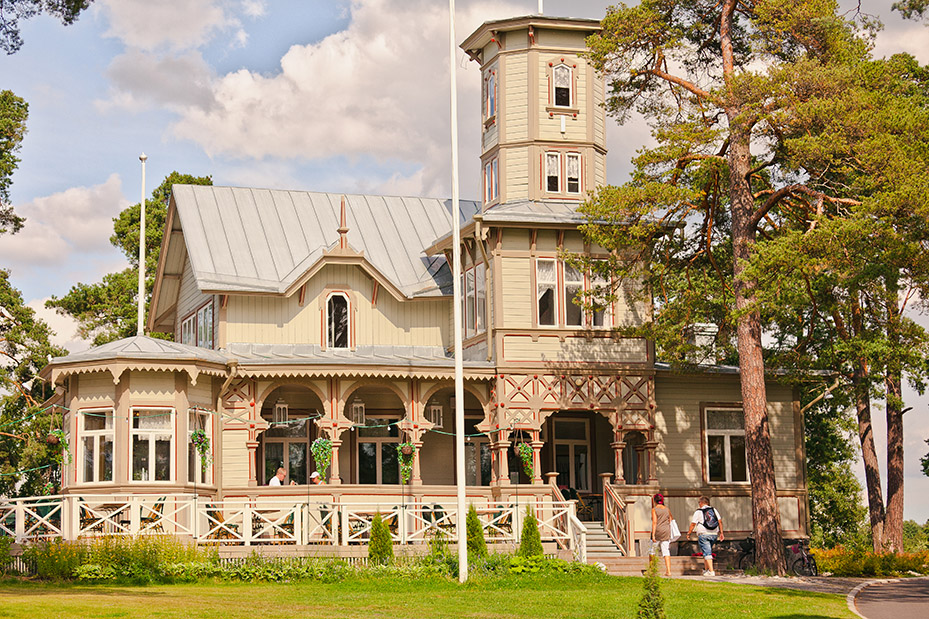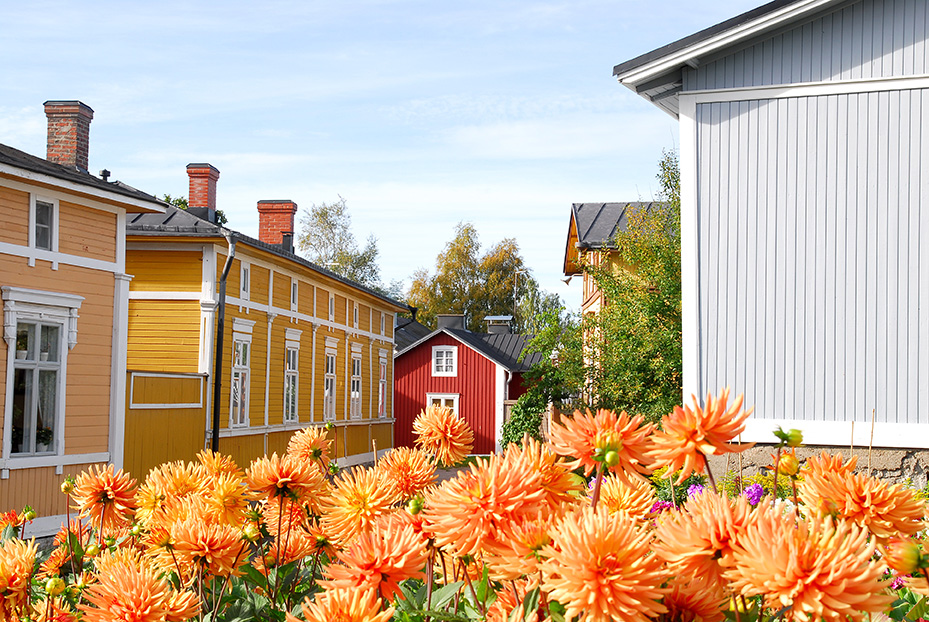
photo by Mikko Uussaari
Founded in 1442, Rauma is an idyllic coastal town in the Satakunta region of Western Finland located 50 km south of Pori, built around it’s old wooden heart. In 1991 UNESCO added Old Rauma to its list of World Heritage Sites, recognising its unique character as an outstanding example of a living and well preserved historic Nordic wooden town, of which it is the largest in the Nordic countries. Old Rauma forms a unified area of historical, single-storey wooden buildings with a network of part medieval streets, with homes, shops and services for the town’s almost 40,000 inhabitants. It has been saved from modernisation thanks to strong protectionist action in the late 19th century, in the 1960s, and in the town plan of 1981 which preserved the building stock and environment.
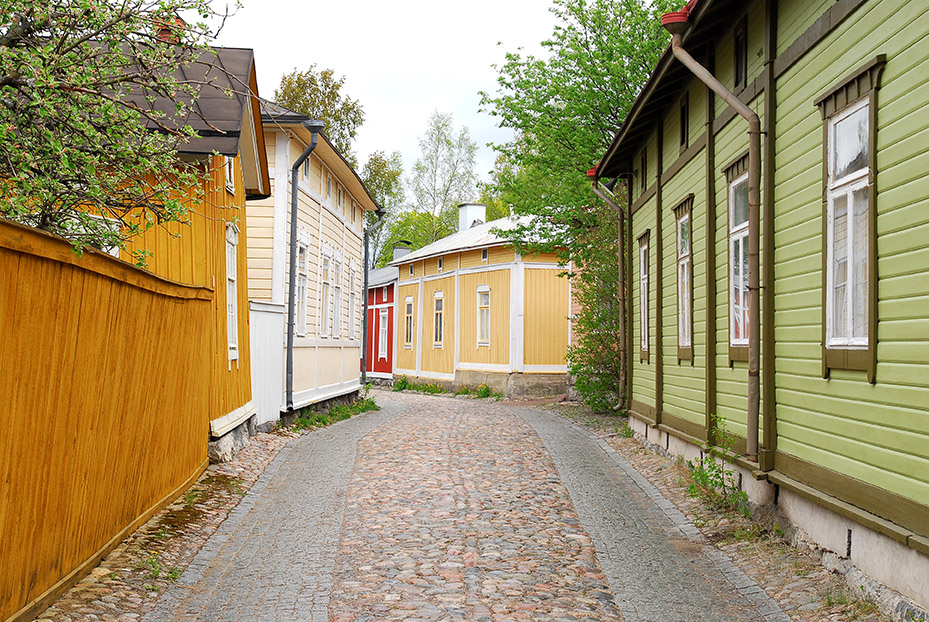
Today, Old Rauma is a thriving community with some 800 people resident within an area of 28 hectares, with most of the businesses concentrated around the market square. There are around 600 buildings, mostly dwellings but also many different kinds of outbuildings, old animal sheds and granaries, with plots separated by wooden fencing. The appearance of the buildings varies as there have been several phases of building and rebuilding, especially after the devastating fires of the 17th century destroyed the old town. Some buildings have maintained the appearance of the 18th century, many others owe their appearance to the 1820s and 1830s, though most are neo-Renaissance in style thanks to a significant period of renovation during the 1890s. Most buildings are inhabited and in private ownership, with the exception of the two main streets and the market square which are predominantly businesses.
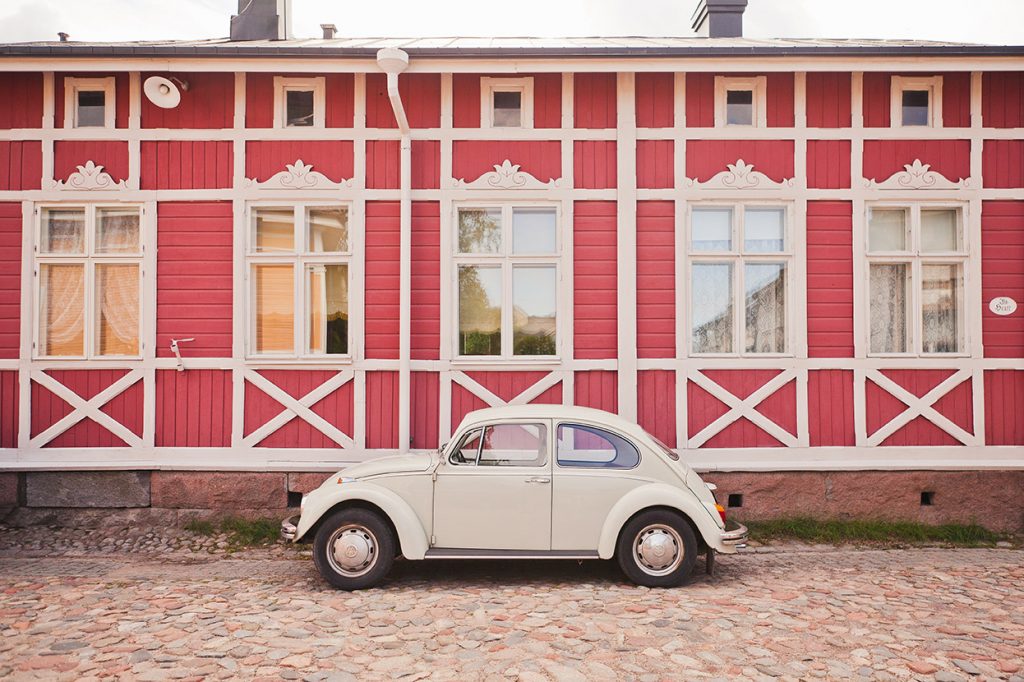
Locations of special interest in Old Rauma include the four museums wherein tourists can immerse themselves in the town’s rich cultural and local history. The former Town Hall is one of two stone buildings in Old Rauma, built in 1776, houses the Rauma Museum, the permanent exhibition focusing on the town’s fine tradition of lace making. The Rauma Maritime Museum affords the visitor the opportunity to use the only navigation simulator in a Finnish museum. Art lovers will appreciate the exhibitions on display at the Rauma Art Museum and the Lönnström Art Museum, which also offer such activities as art workshops, lectures and concerts. In Pits-Priia visitors can watch demonstrations of lace making, learn more about bobbin lace, and buy handmade lace and lace making materials. The Kirsti house is a seaman’s house from the 18th and early 19th century which introduces the life of a seaman from that era, the Marela house offers a glimpse into the life of a ship-owning family, while the Potter’s Workshop shows the workroom and home of a stove tile maker from the early 20th century. Finally, the other old stone building in the town is the Church of the Holy Cross, an old Franciscan monastery church from the 15th century with medieval paintings.
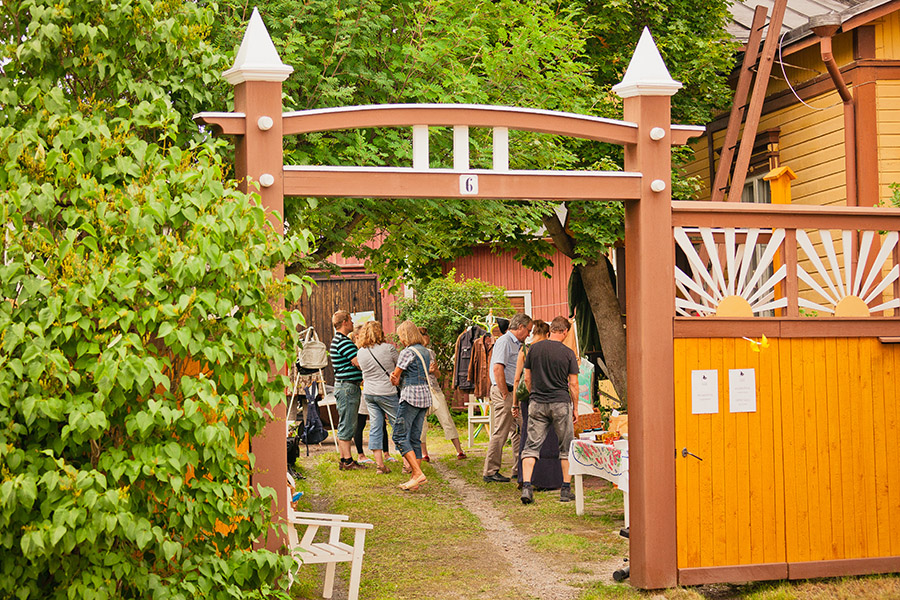
As mentioned, Old Rauma isn’t just some relic of the past, it is a living, breathing museum and the centre of life for almost 40,000 people who live in the outer town that surrounds it. This area has a rich cultural life that boasts a number of events and festivals held annually, so tourists can time their visit to coincide with any number of happenings. These include Klustermus, an event dedicated to alternative music, the Rauma Blues Festival, the Festivo classical music event which lasts a week, and the Rauma Summer Jazz festival. Perhaps the most popular event, at least with locals, is Rauma Lace Week which takes place at the end of July. This popular festival is not just about lace, there are concerts and children’s events, a midsummer ice hockey match, and culminates with Black Lace Night, a wild celebration held throughout Old Rauma and the surrounding lanes and streets. The Blue Sea Film Festival serves up a fine selection of Finnish and international movies, while the Rauma Biennial Balticum showcases art from around the Baltic every two years.
